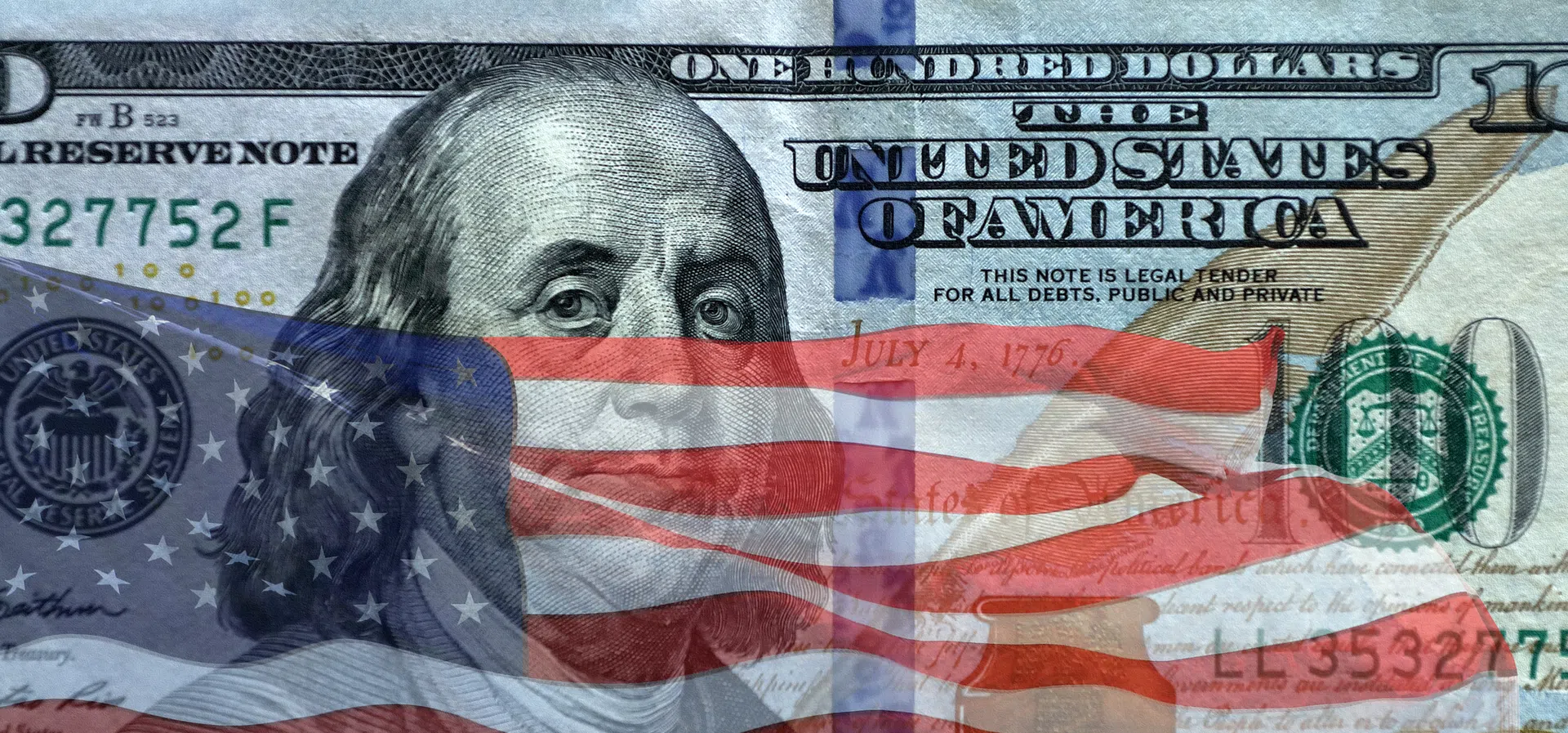Bulgaria with Lowest GDP per Citizen in EU

Thursday released data by Eurostat shows that GDP per citizen is the lowest in the newest EU states, Bulgaria and Romania, while Luxembourg upheld its status of the most prosperousAccording to the statistical services of the European Commission - based on 2006 figures - there are ocean wide gaps between EU member states when it comes to the purchasing power of their citizens. The figures vary from 37 to 280% of the EU-27 average. The two newest EU entrants sit at the very bottom of the list – reaching only 37 and 38% of the EU average, respectively, indicating that the Bulgarians and the Romanians can afford to buy the least within the 27-nation bloc. Even a candidate country - Croatia - is better off compared to its regional neighbors, living on 50% of the EU average.Back in the EU club, Poland, Latvia, Lithuania, Slovakia, Hungary and Estonia are also performing better, as their GDPs per capita make 53 to 67% of the EU average. None of the eastern European countries has yet succeeded in crossing the line between the poor and the rich. On the other hand, out of 15 older member states, only Portugal (75%) and Greece (89%) live under what is the average in the club, while Spain (102 percent) and Italy (104%) are still balancing on the border. Luxembourg has upheld its status as the wealthiest EU state with its GDP per inhabitant being two-and-a-half times the union's average, precisely 280%.However, the good score is partly due to the large number of cross-border workers employed in Luxembourg. While contributing to GDP, they are not taken into consideration as part of the resident population, which is used to calculate GDP per inhabitant, and therefore the final figure is slightly garbled. The chart of most prosperous countries continues with Ireland (144%), the Netherlands (131%), Austria (129%), Denmark (127%), Belgium (123%) and Sweden (121%).
)

&format=webp)

&format=webp)

&format=webp)
&format=webp)